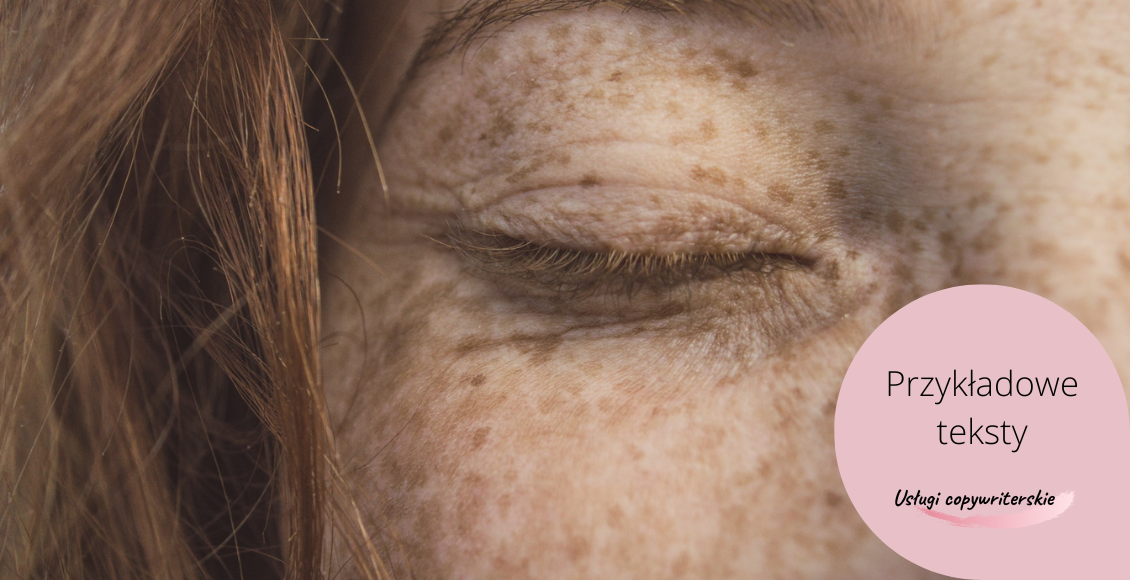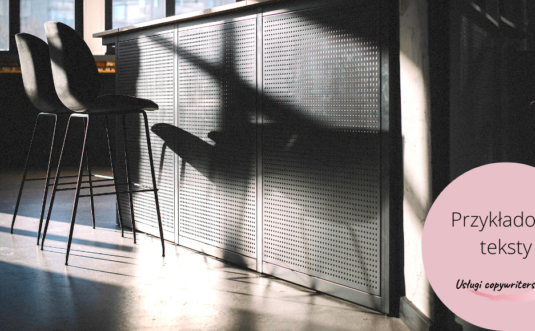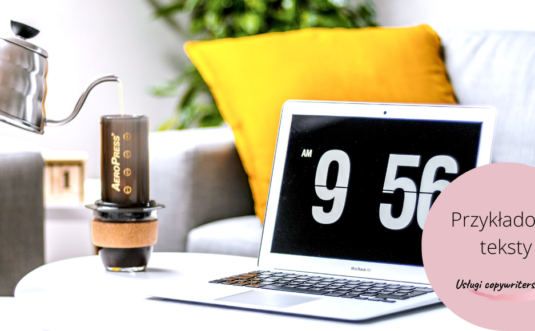Determining the skin phototype is very important. Thanks to information about a specific phototype, you can better understand the needs of your own skin or its susceptibility to sunburn. The current classification divides the complexion into six types. Find out what the types of skin tones are! Thanks to this knowledge, you will determine your type and you will know how to properly protect your skin from harmful ultraviolet rays!
Definition of the skin phototype
To better understand what a skin phototype is, it is essential to focus on the sunburn itself. Most often it occurs in the summer, during hot days. Many people then forget about the appropriate protective measures for their skin. Excessive exposure to the Sun can cause these burns. However, their extent and severity will depend on your skin phototype. The lightest skin is the most susceptible to sunburn. The darkest skin may not suffer any damage.
The colour of the skin depends on the amount of pigment in it. We are talking about melanin here. It is responsible for absorbing the Sun’s rays, converting them into energy and scattering them in individual skin cells. The epidermal cells are therefore not damaged and are adequately protected against burns. If the amount of melanin is insufficient, these cells will be damaged. Burn lesions will begin to appear on the skin and the risk of developing various skin diseases, including cancer, will increase.
The scale developed by Fitzpatrick is mainly based on skin and eye’s colour which helps to assess the amount of UV used during the therapy against skin disorders without causing any damage to skin itself.
People with IV, V and VI skin phototypes can count on the best protection against the Sun.
Skin phototype I
Phototype I is not able to produce much melanin. This is the reason why people with that type of complexion should avoid the Sun and apply sunscreen with the highest degree of protection which is known as SPF. Solar radiation can cause freckles, but also leads to burns, redness and irritation of the epidermis the fastest.
People with the first skin phototype have very fair skin and light or red hair. Their eyes are usually blue, gray or green. They never sunbathe because burns immediately appear on their skin.
People with such fair skin must use creams with SPF 50 every time they stay outside. They must also remember to cover the body where they do not apply the cream, i.e. hair.
Skin phototype II
People with the second skin phototype have fair skin, but may have freckles on it. Their hair is light, dark blonde or red. Their eyes are dark green, hazel or blue. Their skin is characterised by a high tendency to burns, but sometimes it tans slightly. In their case, direct exposure to solar radiation is not recommended. They should use a high SPF sunblock.
Skin phototype III
People with skin type III have darker white skin. Their hair is dark blonde or brown. The eyes are dark blue or brown. They don’t have freckles. They tan easily, but their skin can still get burned. The ageing process of the skin in the case of people with this type of skin is slower. They are less likely to develop wrinkles and skin dryness. They can therefore stay in sunny locations, but reasonably.
Skin phototype IV
The skin of people with phototype IV is light brown. They tan easily and rarely get sunburned. These individuals also have dark hair and eyes. They do not need too much time to enjoy a beautiful tan.
Even if the sunburn susceptibility of these people is low, this does not mean that they do not need to use sunscreen. They should always take care of proper protection to secure the skin from cancer and discolouration.
Skin phototype V
What characterises the skin of people with phototype V? They have a swarthy, dark brown complexion and dark brown or black hair. They tan quickly, and very rarely experience sunburn. Very often their skin is already naturally dark, so they do not need to spend too long in the Sun for a beautiful and expressive tan.
Skin phototype VI
The last phototype of the skin means that people with such a complexion do not get sunburned and cope perfectly even with prolonged exposure to UV radiation. These individuals have very dark hair and eyes. Their skin is naturally brown or deep brown. The level of tan and exposure to the Sun therefore does not affect the extent of their tan and skin colour.
How to recognize the skin phototype?
Matching a specific type of skin is not difficult. Dr. Fitzpatrick’s classification is very detailed. It is enough to carry out a short and simple test to find out what type of skin you have.
People with skin phototypes I, II, III, IV are most susceptible to sunburn, so it is these skin types that should be focused on. They are the ones that require special attention when protecting the skin, so determining which type you have is very important for your health and good appearance.
When answering a question, choose the correct designation for your specific hair type, eye colour, etc.
Gradually, your hair may be:
- fair or red
- blonde
- dark blonde
- brown or black.
Your eyes may be:
1.light blue
- blue, green, gray
3.brown, dark green
- dark brown.
Freckles on your skin are present in the amount of:
- very many
- many
- locally
- not at all.
Your skin before tanning is:
1.very bright
2.slightly pink
- beige
- light brown.
After exposure to the Sun, your skin becomes:
- red, not tanned
- locally darker
- brown
- deep brown.
The predominance of answers marked with a specific number will help you determine what skin phototype you have.
What are the risks of overexposure to the Sun?
Excessive exposure to UV radiation can have very negative effects on your skin and health. In the worst situation, it can also cause very serious health complications and contribute to long-term recovery.
Sunburns
The first negative effect of excessive tanning is sunburn. At the beginning, local redness appears on the skin. Later, the skin may develop blisters, oedema and swelling. As it heals, the skin begins to peel off. With extensive sunburn, some people also experience a fever.
Accelerated skin photoaging processes
Another symptom is rapid photoaging of the skin. This means that a person who sunbathes frequently has much more wrinkles and furrows on the face, and the skin is dry and rough-textured. It loses firmness and tension.
Increased risk of cancer and other skin diseases
The most common skin disease caused by excessive sunbathing is skin cancer. It can be melanoma or, for example, squamous cell carcinoma. In such a situation, skin cells are damaged and their DNA begins to change. The reaction of skin cells under the influence of solar radiation begins to proceed incorrectly, which leads to lesions.
Skin discolouration
The last skin problem that often results from sunbathing without the use of sunscreen is discolouration. It presents itself very unsightly and occurs locally, most often on the arms, legs, face, arms and neckline.




